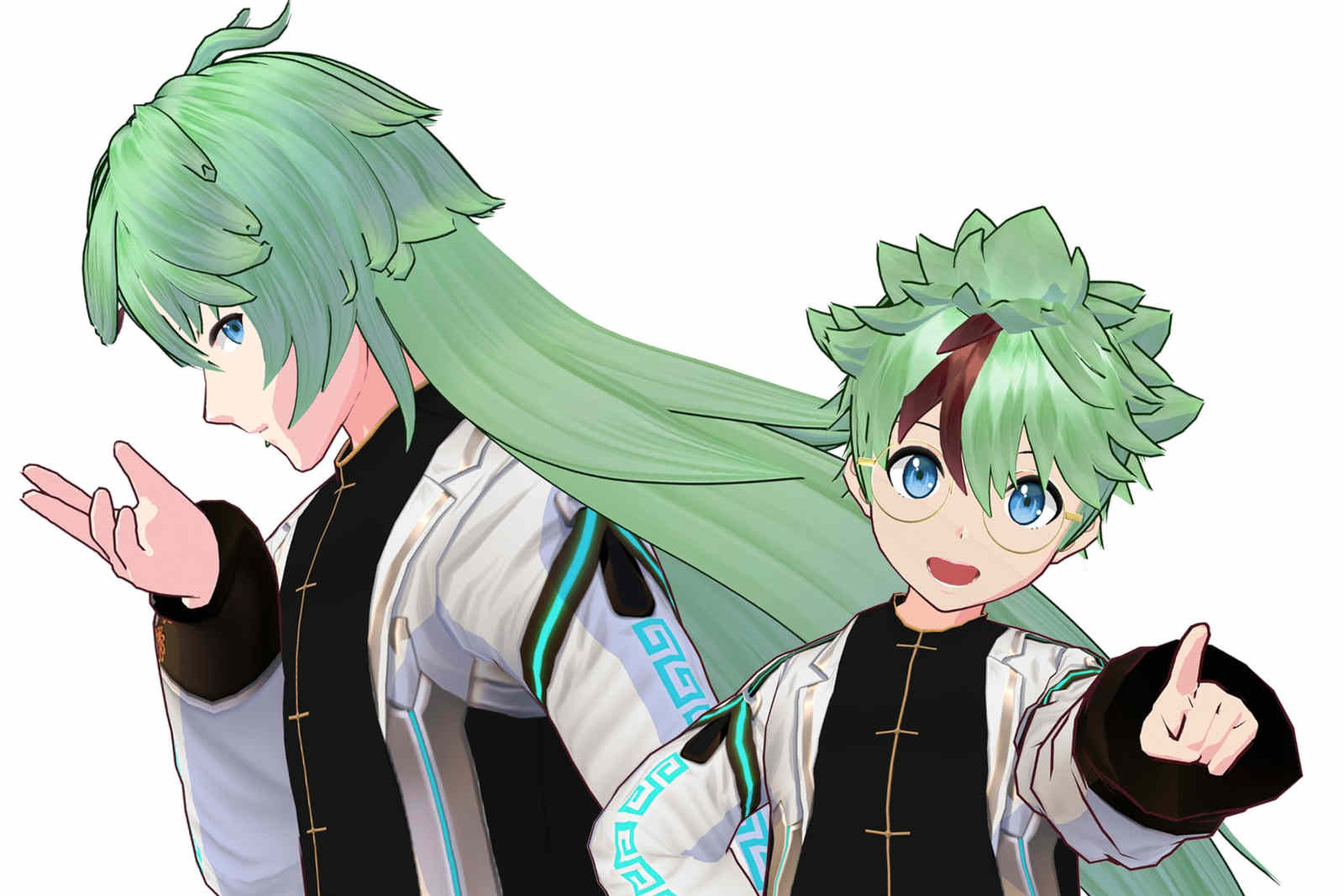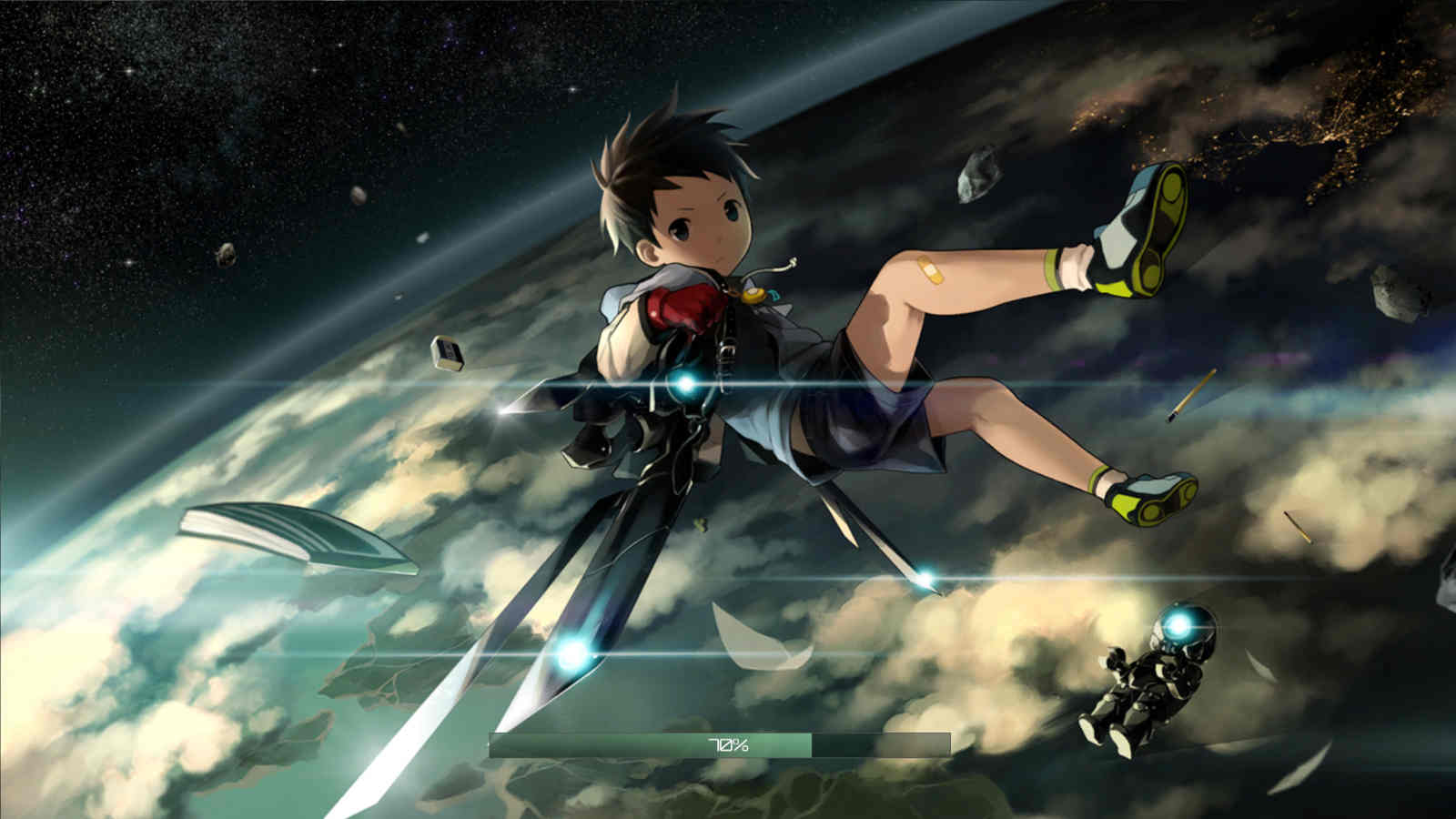If you are a fan of Anime, you’ve probably heard the word shota a time or two. Since it is Japanese slang, it can be challenging to understand exactly what it means. What does shota mean, and how is it used?

What Does Shota Mean?
In Anime, the term shota is used to describe a male character that is underage. Since Anime is usually set in a high school, most boys will be underage and would technically be considered shotas. However, this isn’t the designated use for the word.
Shota is usually used to describe male characters in elementary school or younger. As the young characters age and become teenagers, they will not likely be referred to as shotas any longer. Shota can also be used to combine the Japanese words Shotacon and Shōtarō.
This form of the word describes someone attracted to young boys, the feeling of being attracted to young boys, or the young boy to who someone older is attracted to. Outside of Japan and the Japanese language, shota is a word used to describe male characters in anime that haven’t hit puberty yet, or male teenagers presented erotically.

What is a Trap Shota?
A trap shota refers to a young person dressing up as the opposite gender. For example, this could be a young boy dressing up as a girl or a young girl dressing up as a boy. The word trap is used because it is a ruse and a lure.

Is It Only Used in Anime?
Shota is a word that is only used in anime or manga. However, you might find it used as a male baby name. This is usually a name you will find in Japanese or Georgian origins.
In Japan, the name Shota is thought of as representing prosperity. In Georgia, the name is a 12th-century poet, Shota Rustaveli.

Is There a Female Equivalent to Shota?
There is a female equivalent to the word shota, which is lolli or lolicon. These words come from the Lolita complex, which attracts young, underage girls. The term Lolita complex is based on a novel called Lolita that follows a man becoming obsessed with a 12-year-old girl. Click Here

How is Shota Used?
The word shota will mostly describe an attraction to young boys. It is essential to be careful with this word because one wouldn’t want others to get the wrong idea. It will be straightforward for people to immediately associate the word with the attraction to young boys, not just a young boy.
It is best if this word is used very little. However, if you are planning on using this term for something, make sure your audience is entirely aware of the origin of this word. For example, it is best to use the word just to describe a young boy and make sure everyone knows your intention.



